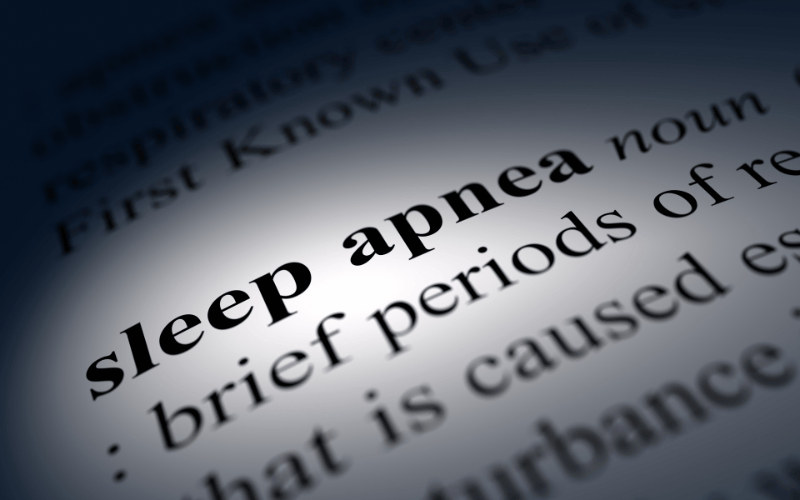Introduction: Unveiling the Silent Epidemic

Sleep apnea is more than just snoring or feeling tired during the day; it’s a serious medical condition that can have a ripple effect on your overall well-being. Far too many people overlook or downplay the symptoms, only realizing its grave impact when the condition has worsened to a potentially dangerous level. At this very moment, millions are living with undiagnosed sleep apnea, putting them at increased risk for a host of related health issues. Therefore, it becomes crucial to understand the depth and breadth of this condition. This article is designed to equip you with the vital facts about sleep apnea—facts that could potentially be life-changing.
We live in an age where information is abundant but not always accurate or actionable. There’s no shortage of surface-level articles about sleep apnea, yet they often lack the nuances and complexities that surround this condition. It’s not just about interrupted sleep; it’s about how those interruptions manifest into larger health concerns, both mentally and physically. We will go beyond the surface to deliver key insights you likely haven’t heard or considered before.
Understanding the gravity of sleep apnea also means acknowledging its hidden nature. It’s often a silent affliction, lurking in the shadows, affecting its victims in ways they can’t even fathom. It’s not just your sleep that’s disrupted but your life as a whole. This article aims to uncover this hidden reality and bring it into the spotlight, so you can take actionable steps towards diagnosis and treatment.
This isn’t just another article; it’s a wakeup call. From the latest statistics and symptoms to treatment options and related lifestyle changes, we’ll provide you with essential knowledge. You’ll come away with a newfound understanding of what it means to live with, or know someone who lives with, sleep apnea. Whether you’re reading this out of concern for yourself or a loved one, know that you’re taking a crucial step toward better health and well-being.
So, let’s embark on this journey together. Because the first step in overcoming a problem is recognizing that there is one. And when it comes to sleep apnea, knowledge isn’t just power; it could very well be a lifesaver.
1. The Three Types: Untangling the Web of Sleep Apnea Complexity

The term “sleep apnea” often gets thrown around as if it’s a one-size-fits-all disorder. Far from it. Did you know that there are actually three main types of sleep apnea? They’re called Obstructive Sleep Apnea (OSA), Central Sleep Apnea (CSA), and Complex Sleep Apnea Syndrome (CompSAS). Each of these forms comes with its own set of causes, symptoms, and ramifications. Understanding the differences among them is the first step toward unraveling the complexities of this condition.
OSA, the most common type, occurs when the muscles in your throat relax too much during sleep, obstructing airflow. CSA is less common but no less severe; it involves the brain failing to signal your muscles to breathe. Lastly, CompSAS is like the “worst of both worlds,” a harrowing blend of both OSA and CSA. While treatment options exist for each type, the approach significantly differs based on the diagnosis.
Let’s talk numbers. OSA affects about 26% of adults between 30 and 70 years, whereas CSA and CompSAS numbers are significantly lower. Despite the prevalence, it’s not uncommon for people to go undiagnosed for years. Knowing the different types can help differentiate the disease’s intricate layers, making it more approachable and less enigmatic. (1)